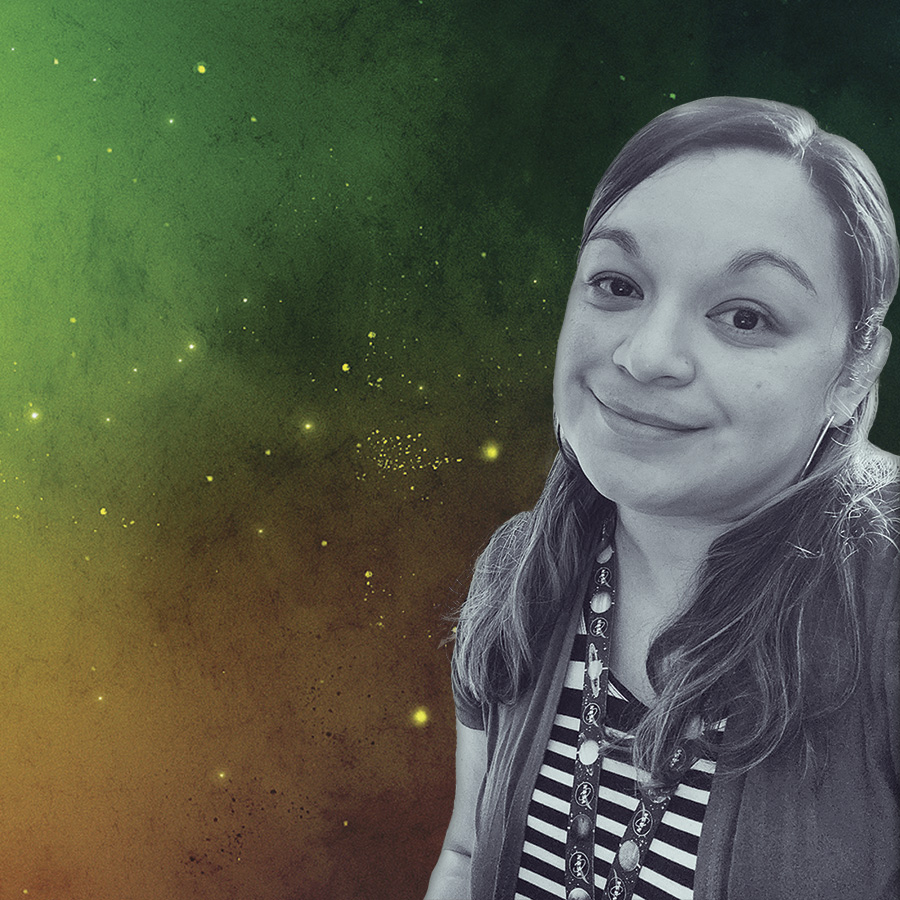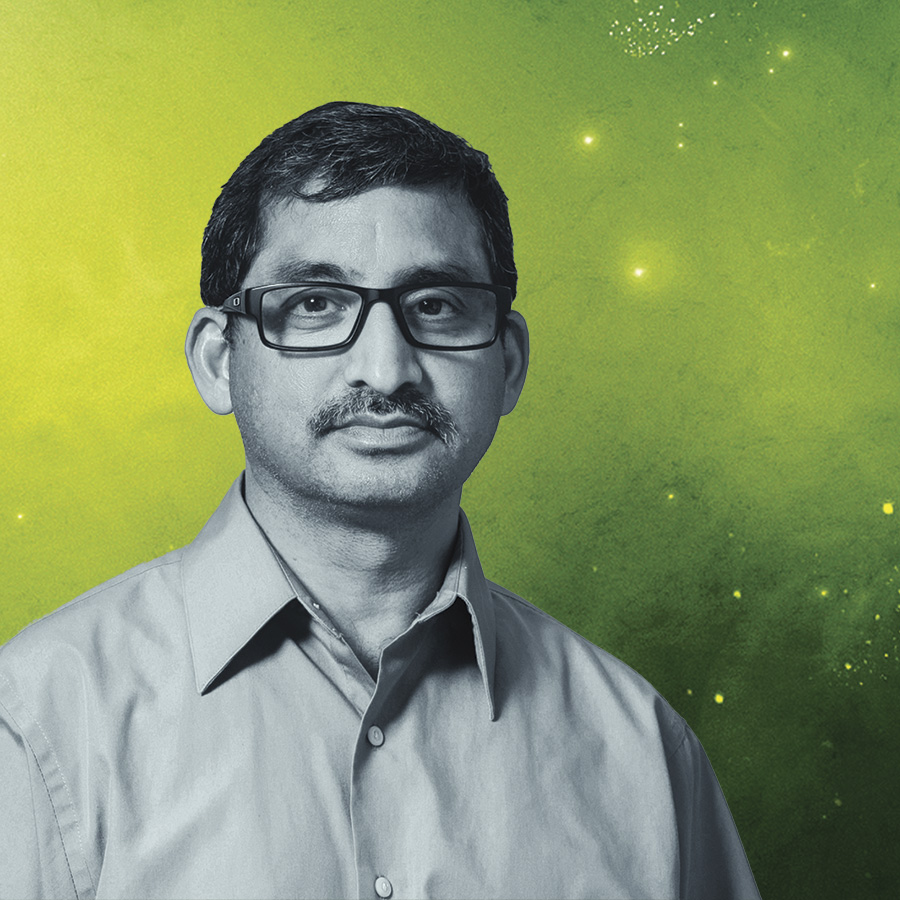At 3 a.m. this past Christmas, Jaclyn Barrientes ('05) was working in her pajamas in her sister's house in Carrollton.
But Barrientes enjoyed every minute of it. As social media director of the Space Telescope
Science Institute, she gets to report about the Hubble telescope and the James Webb
telescope, which is now observing a million miles away. On Dec. 25, she was posting
and tweeting about the long-awaited launch of the Webb as people all over the world
watched it.
"We thought it would be the worst possible day," says Barrientes, noting the launch
had been repeatedly delayed and staffers were out because of the holiday. But she
was pleasantly surprised. "In the end, I watched the launch of this amazing telescope
with my sister and nephew in a living room lit by Christmas lights and presents from
Santa under the tree. It ended up being the most magical day."
Barrientes' career also was unexpected. When she graduated from the Mayborn School of Journalism, social media barely existed. She worked as a page designer for several publications
in Charlotte, N.C., before joining several nonprofit organizations in Washington,
D.C. She then landed the job at the institute, a government agency based in Baltimore.
She uses many of the skills she learned at the Mayborn -- writing, editing and designing
graphics. And she's pored through hundreds of books about galaxies and black holes
to learn more about astronomy.
She admits that social media can be a wild place. In March, the Hubble got a massive
scoop -- it detected lights from a star that was 13 billion years old.
"For the general public, it did not come off as fascinating news," she says. "They
wanted aliens."
This summer, she got to plan the strategy for the Webb telescope's extraordinary pictures
of some of the farthest galaxies ever seen. She's living her dream working amid the
stars, reminiscent of her years growing up under the big open skies of Brownsville.
"I didn't know at the time some of the lights were planets and galaxies, but I knew
how to find Orion from an early age, thanks to one of my elementary school teachers,"
she says. "The same teacher taught me that the gravity on Jupiter could squish the
mean boy in my class as if he were made of clay. Even as I grew older, I loved looking
out at the sky from the car at night, something I still do when I'm away from the
city lights."


